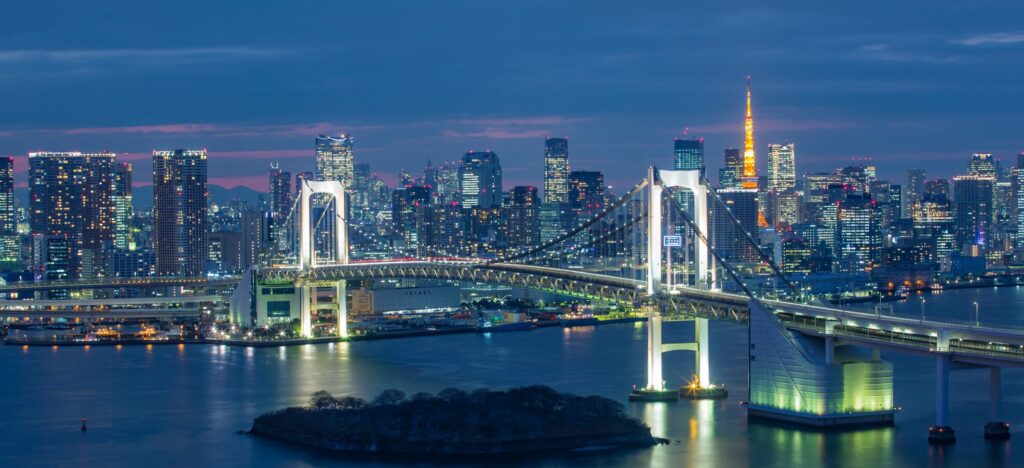25 MARCH 2020
DR. MOHAMED OUBIHI (CEO YAKUMED LIMITED)
UNLOCKING ASPECTS OF JAPAN’S BATTLE WITH CORONAVIRUS
Japan presents a paradox to the world and medical community: why has the Coronavirus outbreak in the Japanese archipelago remained very low so far?

It is baffling that the combination of reasons, which would have theoretically resulted in an explosion of infections and deaths in Japan, did not have the same devastating impact observed in other countries. Japan has a population of 127 million and high population density especially in Tokyo and Osaka. Furthermore, Japan has also the world’s largest proportion of people over 65 (28% vs Italy’s 23%) who are the most vulnerable to coronavirus. Japan is very close geographically to China and was exposed early to the virus ( first infection in Japan was on 15th Jan 2020, two weeks before Italy). Another reason is that the Japanese government has taken less draconian measures in contrast to those taken by other neighbouring countries such as China and Singapore.
Taking all these facts into consideration, what puzzled many observers is that despite the fact two months have elapsed after the first reported case in Japan, the total number of infections (not including Princess Diamond Cruise ship) is 1399 and the number of deaths is 47 (as of 25th March), which dwarfs those in Europe.
With the exception of Singapore, Hong Kong and Taiwan which have been exceptionally successful in containing the disease, very few countries have succeeded in controlling the outbreak. South Korea has also managed to slow the spread of the outbreak after introducing aggressive emergency measures.
Some news reports hinted that the Japanese authorities may be covering up the real number of deaths to avoid jeopardising the planned Olympics in Japan (now delayed until next year). This is a far-fetched claim because Japanese Physicians and hospitals would definitely ring alarm bells if there was any malicious attempt to conceal Coronavirus deaths.
It is true that the number of people who tested Coronavirus positive in Japan would be much higher that the declared figures. Testing has been prioritised for the most vulnerable and people who might have been in contact with infected people. Despite the limitations of this approach at the moment, it seems to be working and the number of deaths is under control. The question is how the limited package of measures (including case tracing of disease clusters) could prevent catastrophic disease outbreak.
We do not really know, but some of the reasons that may have helped in preventing a large outbreak are the high standards of hygiene in Japan, the strict compliance with measures recommended by the government, and the strong medical infrastructure.
In the Japanese culture there is an extreme sensitivity to avoid causing any kind of nuisance or discomfort to other people. During the flu season for example, wearing masks is a very common feature of everyday life in Japan. Japanese people wear them not only to protect themselves from catching the flu, but also not to spread the disease to others.
To many people, the Japanese may seem obsessed with cleanliness and washing, which are daily practices having deep roots in Shinto belief. These inherent traits, combined with the lack of hand-shaking and hugging in social interactions, may have helped not only to limit the spread of the disease, but also made it easy for the Japanese layman to step up hygiene in response to the government’s call.
The large network of highly equipped hospitals in makes Japan better prepared in dealing with the outbreak compared with other countries which have cut funding and investment in public health.
The number of hospitals and medical institutions in Japan is the highest in the world (over 8300 hospitals vs 1100 in Italy for example). The number of beds per population in Japan is the world number one (14 per 1000 people compared to 5 per 1000 people in Italy), but the number of ICUs and ventilators seem to comparable if not lower than some European countries.
Japan has somehow succeeded in containing the disease so far, but now as it seems to be entering a new phase in its battle with this global scourge, it is a critical for the government to introduce drastic measures to deal with what looks like a surge of new cases especially in Tokyo which has witnessed the largest jump in infections in the last couple of days.

